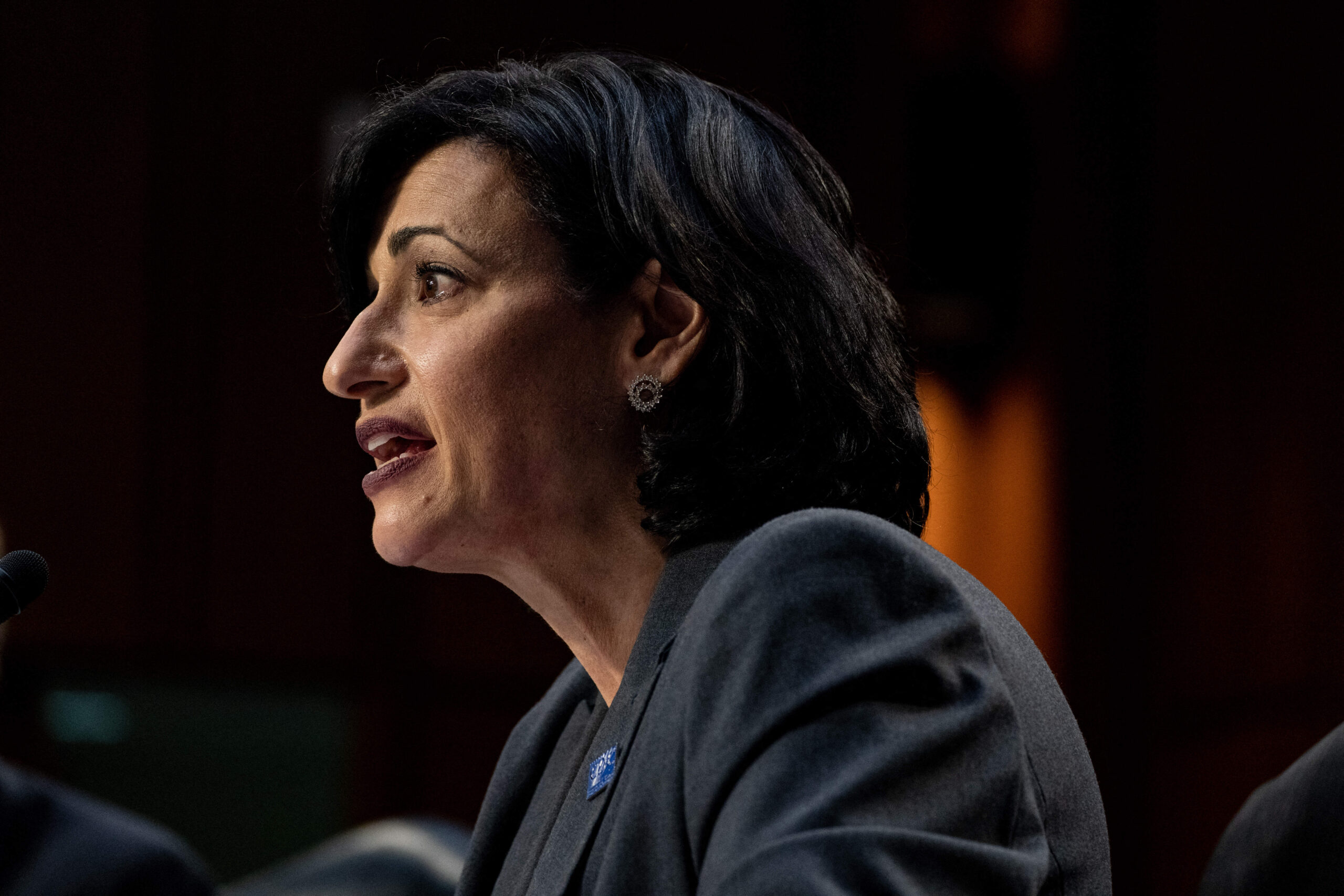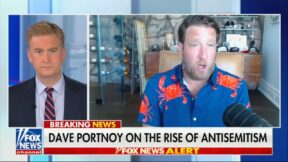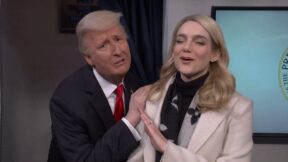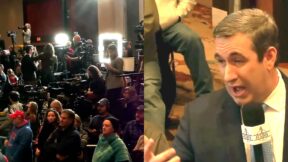The Atlantic Takes Aim at CDC’s Case for Masks in Schools: ‘Based on Very Shaky Science’

ANNA MONEYMAKER/POOL/AFP via Getty Images
The Atlantic’s David Zweig took aim Thursday at the recommendation from the Centers for Disease Control (CDC) that all children over two years old wear masks in schools in order to protect against Covid-19, describing the study behind the policy as “very shaky science.”
Zweig explained that the recommendation stems from a September 2021 Arizona study, which found that schools without mask mandates had 3.5 times more outbreaks than schools that did.
CDC Director Rochelle Walensky first cited the study while a guest on CBS’s Face the Nation on September 26th and continued to cite the “3.5 times more likely” stat repeatedly while promoting the recommendation.
Zweig breaks down why the CDC recommendation is controversial and falls outside of the international mainstream:
Scientists generally agree that, according to the research literature, wearing masks can help protect people from the coronavirus, but the precise extent of that protection, particularly in schools, remains unknown—and it might be very small.
What data do exist have been interpreted into guidance in many different ways? The World Health Organization, for example, does not recommend masks for children under age 6. The European Centre for Disease Prevention and Control recommends against the use of masks for any children in primary school.
The Arizona study found that in the roughly 1,000 schools it surveyed, “16 outbreaks had occurred among the 210 schools that had a mask mandate in place from the start of classes, versus 113 among the 480 schools that had no mandates at all.”
These findings allowed for the authors of the study to conclude that students without masks were at 3.5 times more risk for Covid-19 infection.
Zweig noted, however, that the “study’s methodology and data set appear to have significant flaws.”
Detection bias, amount of actual days in class, the definition of “outbreak,” and the type of schools surveyed are all variables in the study that Zweig took issue with.
He spoke with nine experts in the field, all of whom provided various arguments against the study as well.
The fact that the study cited outbreaks among schools rather than individual cases among students is “problematic,” according to one expert, as “it doesn’t tell us that the transmission occurred in school.”
Another expert noted that because the study cited outbreaks and the rules in Arizona require testing only of unmasked individuals near a potential infection, that dynamic creates “detection bias” in the study as the schools without mask mandates would inevitably test more.
Zweig also noted that in the study not all schools were in session for the same period of time. Additionally, he dug into exactly what kind of schools were surveyed and found “40 of them were virtual learning academies, about 20 were preschools, and about 90 were vocational programs associated with otherwise-listed schools. That left at most roughly 740 schools for inclusion in the study, not 782.”
Zweig concluded:
How did research with so many obvious flaws make its way through all the layers of internal technical review? And why was it promoted so aggressively by the agency’s director? I reached out to Walensky’s office to ask about the study, noting its evident limitations and outlier result. How, if at all, does this research figure into the agency’s continuing guidance for schools around the country? The CDC did not respond to my inquiries.
With Biden in the White House, the CDC has promised to ‘follow the science’ in its COVID policies. Yet the circumstances around the Arizona study seem to show the opposite. Dubious research has been cited after the fact, without transparency, in support of existing agency guidance.




